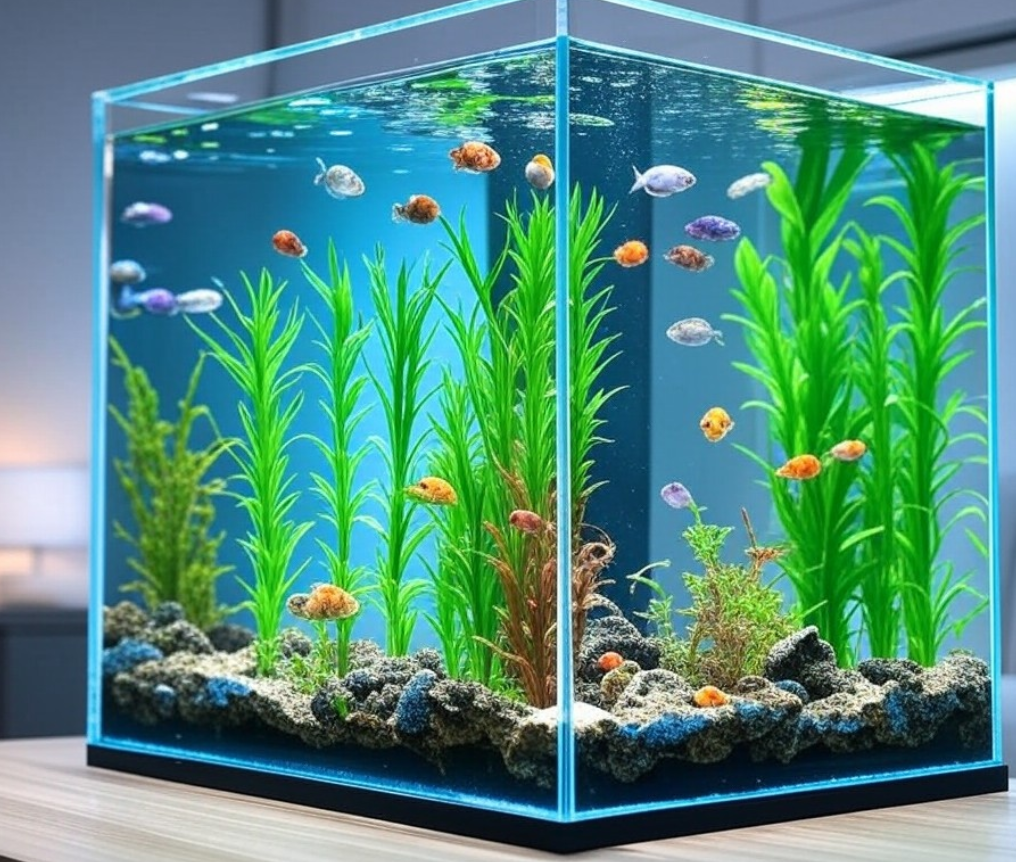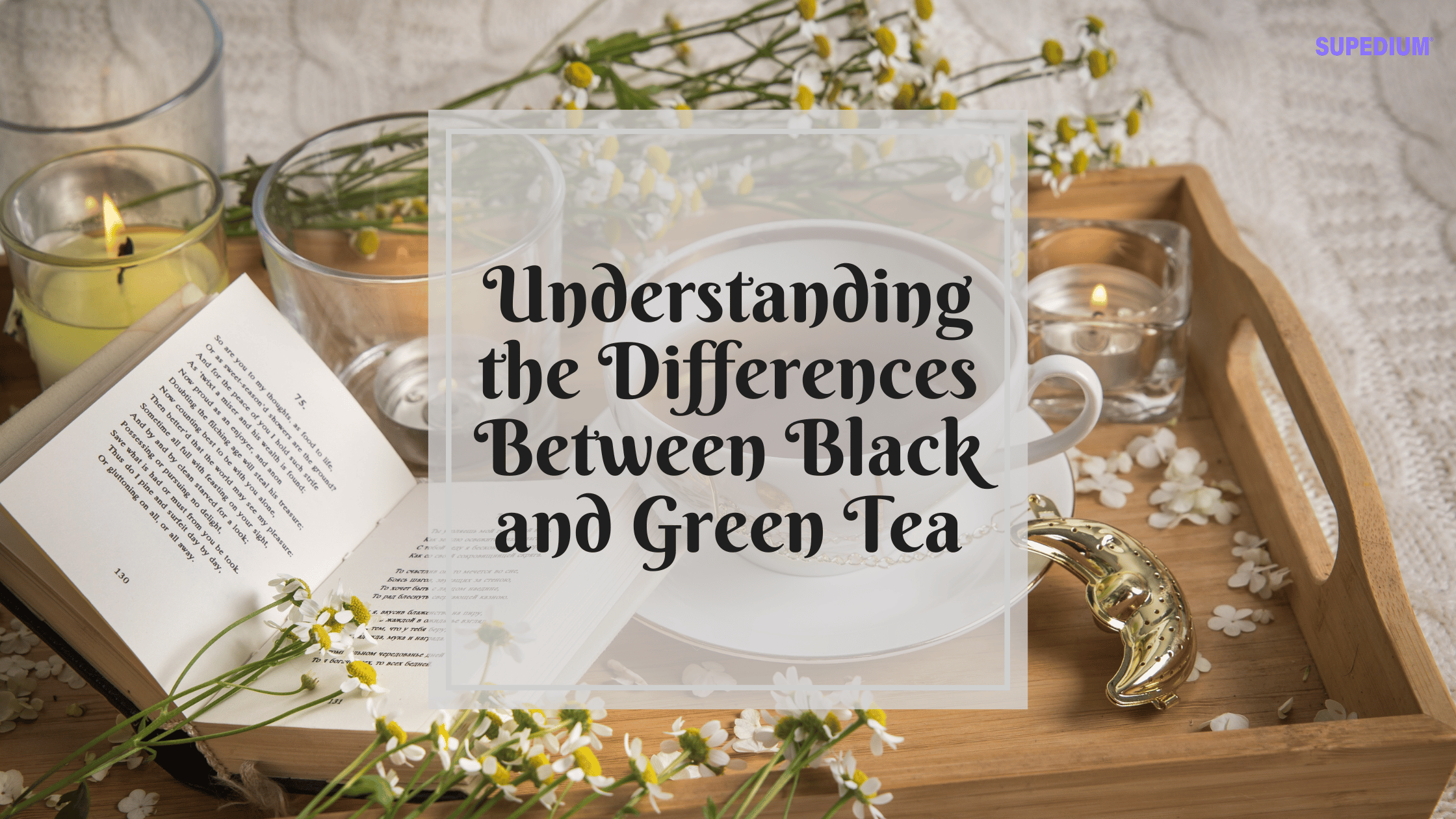Table of Contents
![]()
When setting up an aquarium, one of the first decisions you’ll face is the choice between acrylic and glass for the tank’s construction. Each material has its unique benefits and drawbacks that can significantly impact your aquarium experience. Let’s delve into the specifics:
Acrylic Aquariums
Pros of Acrylic Aquariums
- Strength and Durability: Acrylic is renowned for its durability. Unlike glass, it doesn’t shatter upon impact, making it an excellent choice for households with children or pets. This material can bend under pressure rather than break, offering a safety advantage.
- Light Weight: If you’re planning to move your aquarium frequently or need to set it up in a location with limited structural support, acrylic’s lighter weight is a significant advantage. It reduces the physical effort and structural requirements compared to glass.
- Clarity: Initially, acrylic provides crystal-clear viewing. It can even offer better optical clarity than glass, especially in thicker panels where light refraction might become an issue with glass.
- Shape Flexibility: Acrylic’s moldability means you’re not stuck with just rectangular tanks. You can have curved, cylindrical, or uniquely shaped aquariums tailored to your aesthetic or spatial needs.
- Insulation: Acrylic has superior thermal insulation properties, which can keep the water temperature more stable, potentially reducing heating costs in cooler climates or environments.
Cons of Acrylic Aquariums
- Scratching: One of the biggest drawbacks of acrylic is its susceptibility to scratches. Even regular cleaning can leave marks if not done with care, affecting long-term clarity.
- Cost: Premium acrylic tanks can be pricier than their glass counterparts, especially for larger volumes. The cost can be justified by the material’s other benefits but remains a consideration for budget-conscious aquarium enthusiasts.
- Chemical Sensitivity: Acrylic can react adversely to some chemicals used in aquarium maintenance, which means you must be cautious with cleaning solutions and treatments.
- Clarity Over Time: While clear at first, acrylic can yellow or cloud over time with UV exposure or from chemical reactions, though modern treatments have improved this aspect.
- Installation Complexity: Setting up an acrylic tank involves careful sealing to prevent leaks, which might require more skill or professional help than setting up a glass tank.
Glass Aquariums
Pros of Glass Aquariums
- Durability of Clarity: Glass maintains its transparency over time without yellowing or clouding, ensuring your view into the aquatic world remains unobstructed.
- Cost: Generally, glass is less expensive, making it a go-to option for those starting with smaller or medium-sized tanks.
- Ease of Cleaning: Cleaning glass is straightforward; it’s less likely to scratch, allowing for more vigorous cleaning when needed.
- Chemical Resistance: Glass does not react with most aquarium chemicals, offering peace of mind when it comes to maintenance.
- Installation: Glass tanks are typically easier to set up since they involve fewer concerns about sealing and gluing.
Cons of Glass Aquariums
- Weight: Glass is significantly heavier than acrylic, which can be a limitation for larger aquariums regarding transportation and the need for robust support structures.
- Brittleness: Standard glass can shatter if dropped or exposed to sudden temperature changes, although tempered glass reduces this risk.
- Limited Shape Options: Glass doesn’t lend itself to complex shapes as easily as acrylic, which can limit design creativity without incurring additional costs for custom work.
- Thermal Shock: Glass aquariums are susceptible to cracking if there’s a rapid change in temperature, something to consider with heating elements or if the tank is near a window.
- Seam Visibility: In large glass tanks, the seams can sometimes be more visible than in acrylic, potentially affecting the aesthetic appeal.
Conclusion
Choosing between acrylic and glass for your aquarium depends on several factors:
- Acrylic is ideal for those looking for durability, unique shapes, or living in cooler climates where insulation matters. However, it requires careful maintenance to keep it pristine.
- Glass is the choice for those on a budget, who prefer simplicity in setup, or value long-term clarity without the fuss of scratches. The weight and potential for breakage are notable drawbacks.
Ultimately, your decision might hinge on the size of your tank, the type of aquatic life you plan to keep, and your commitment to maintenance. Each material has sculpted a niche within the aquarium hobby, catering to different needs and preferences. By understanding these pros and cons, you can make an informed decision that best suits your aquatic vision.
Share This
0Shares






Be the first to comment